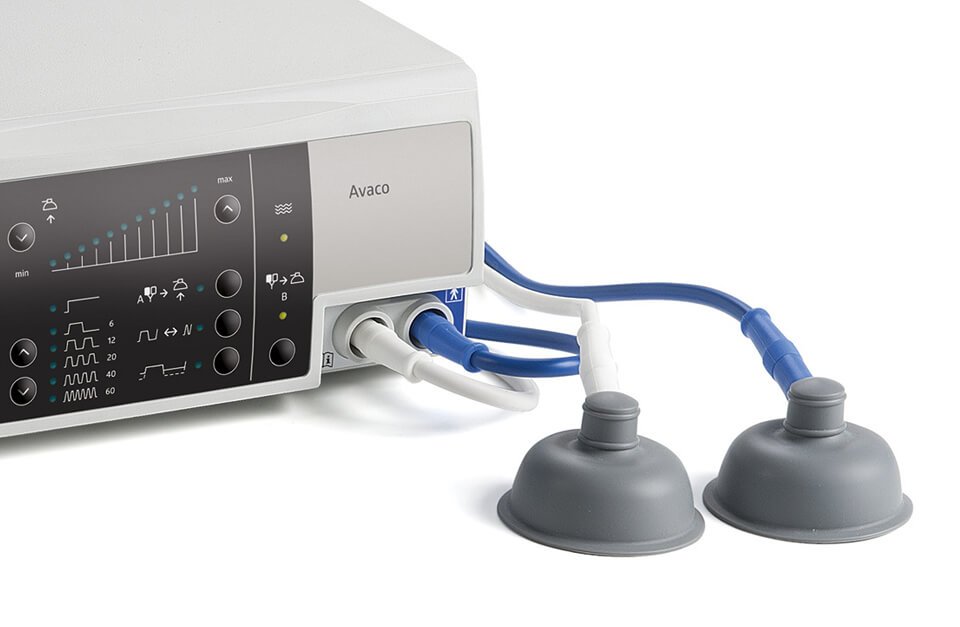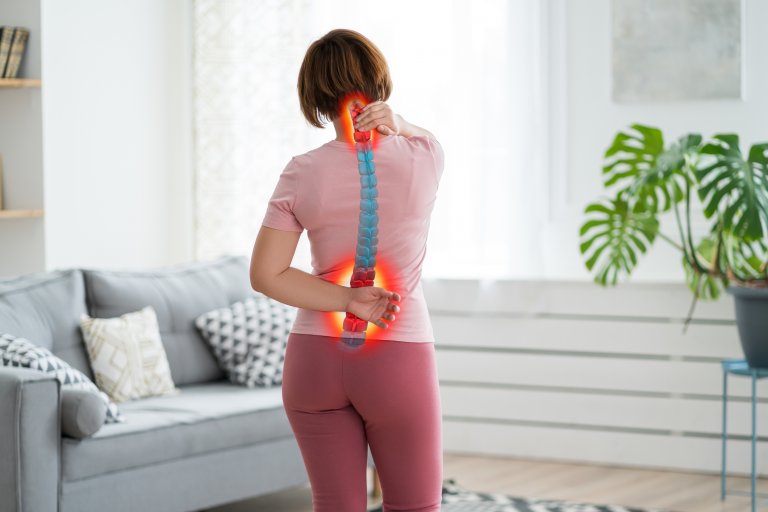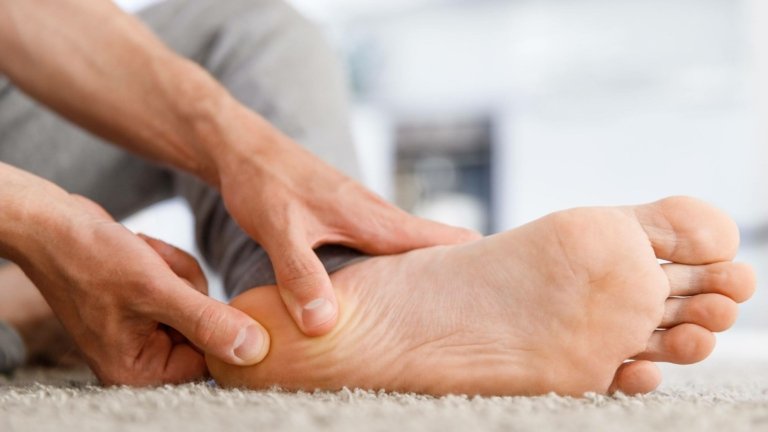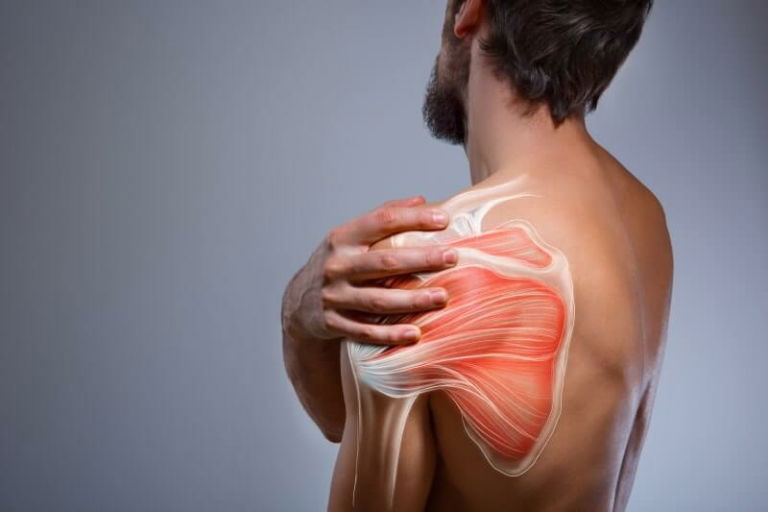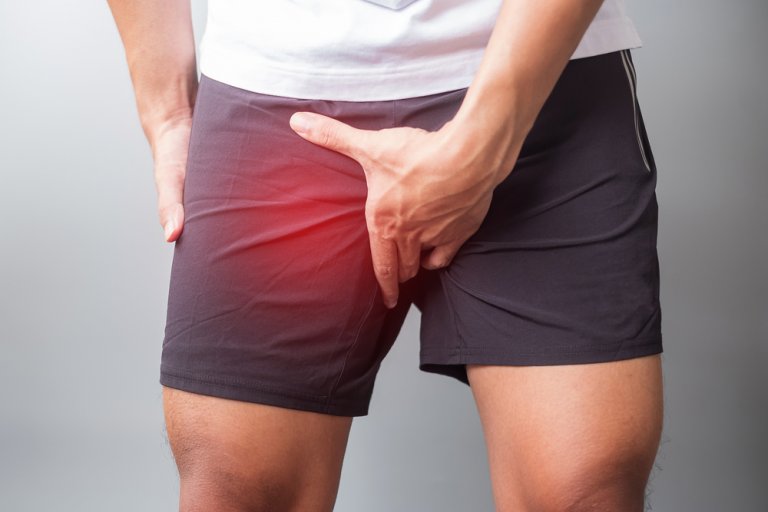About Vacuum therapy
Vacuum therapy is a non-invasive manual physiotherapy technique that works on the principle of high and low negative pressure. Vacuum causes stretching of the skin and subcutaneous tissue, and thus movements in all accompanying structures, such as the superficial layer of muscle and connective tissue. Vacuum allows for greater local oxygen availability and an increased metabolic state in the area of application of vacuum therapy.
Why vacuum therapy
Vacuum therapy stimulates the peripheral nervous system and accelerates blood flow in areas with poor circulation. A common problem that causes pain is adhesions that cause “knots” in the soft tissues; vacuum therapy is highly effective in relieving pain caused by local adhesions. By stretching the skin and subcutaneous tissue, we stimulate muscles, muscle sheaths, and fascial tissue, which leads to the relaxation of adhesions and better tissue fluidity, which is reflected in a lower level of pain.
Vacuum therapy has a positive effect on the purification of the intercellular matrix. The stretching of the tissue caused by vacuum increases the availability of nutrients and oxygen to the area of application. Vacuum therapy has a positive effect on reducing muscle tension, increasing local lymph flow, accelerating local removal of toxins, and reducing excessive water content in the skin and subcutaneous tissue.
Vacuum therapy – Effects
The effects of vacuum therapy are not permanent, so we use it only as an accompanying therapeutic method in the treatment of pain and injuries, where, in order to permanently achieve a healthy musculoskeletal system, specially targeted training and instrumental physiotherapy must play the primary role in rehabilitation.


